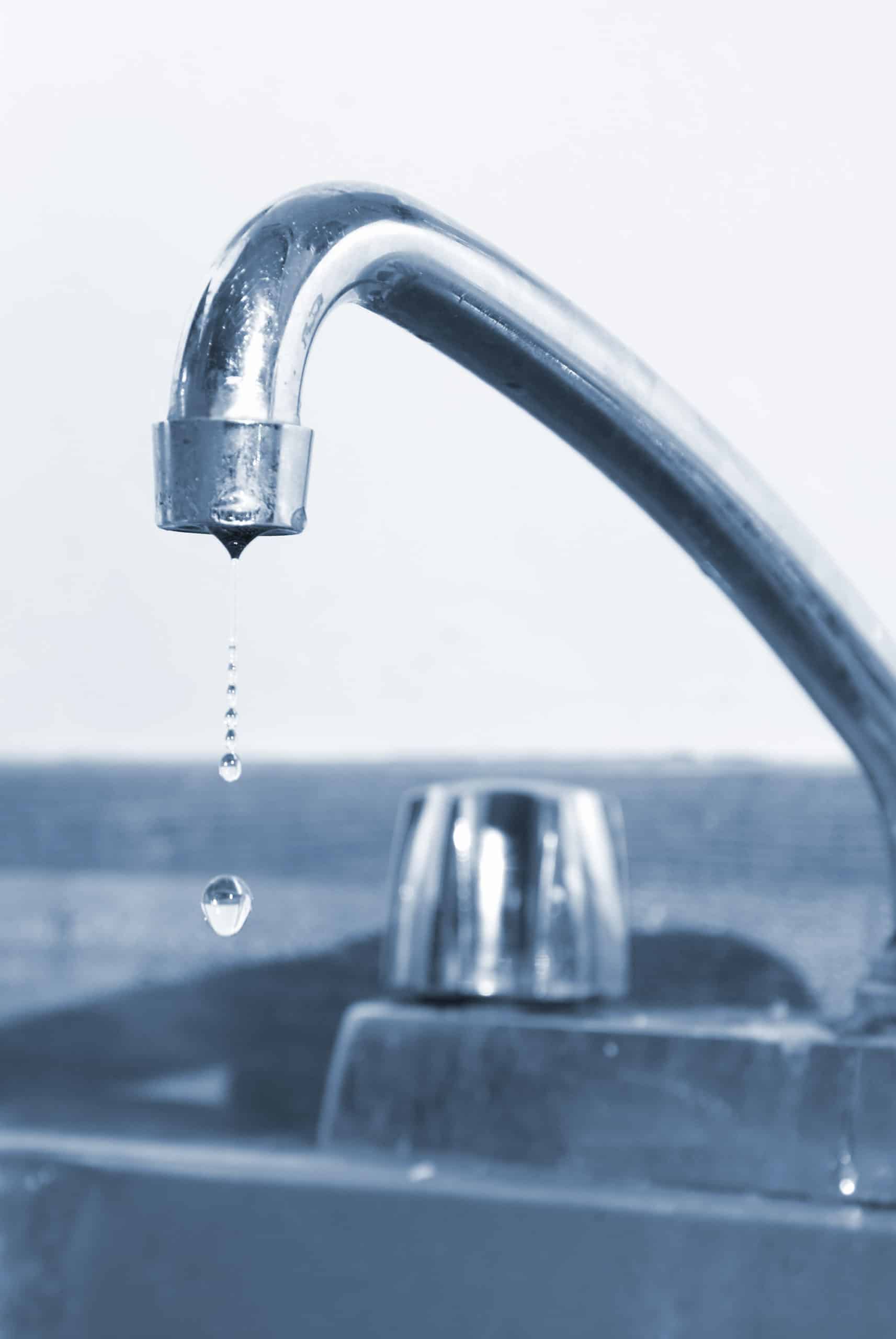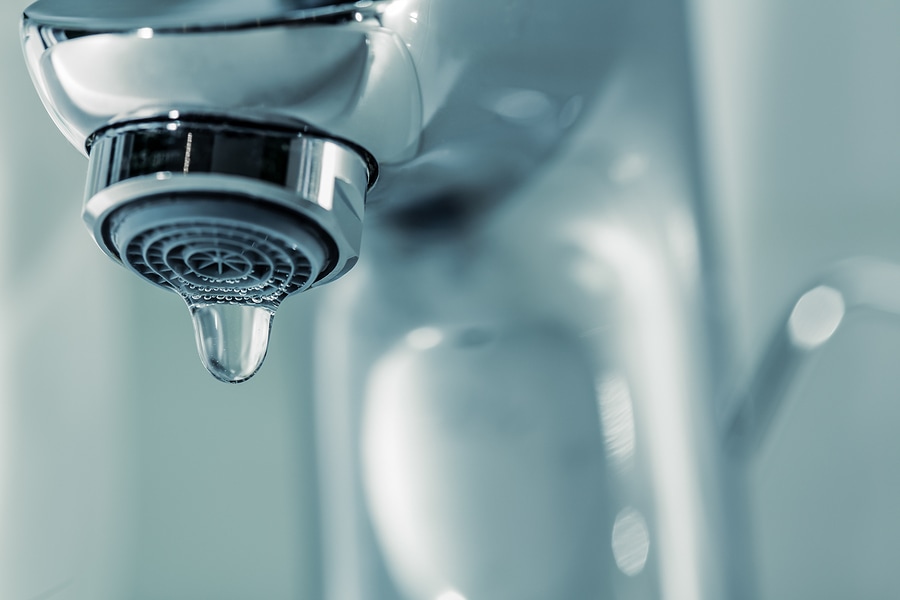We've uncovered this post involving What Causes Leaky Faucets & How To Fix Them directly below on the internet and figured it made good sense to relate it with you here.

Leaking faucets might seem like a minor trouble, yet their impact goes beyond simply the nuisance of the audio. From drainage to sustaining unneeded economic prices and health and wellness risks, neglecting a leaking tap can result in numerous repercussions. In this article, we'll delve into why it's important to address this typical house concern promptly and properly.
Waste of Water
Environmental Effect
Dripping taps contribute considerably to water waste. According to the Environmental Protection Agency (EPA), a single faucet dripping at one drip per secondly can waste greater than 3,000 gallons of water annually. This not only stress water resources however additionally influences ecological communities and wild animals based on them.
Financial Expenses
Boosted Water Expenses
Beyond the ecological influence, dripping taps can blow up water expenses substantially. The accumulated wastage over time translates into higher energy expenses, which can have been stayed clear of with timely repair work.
Prospective Residential Or Commercial Property Damage
Moreover, extended dripping can cause harm to fixtures and surface areas surrounding the faucet. Water build-up can trigger discoloration, corrosion, and also architectural concerns if left unattended, leading to added fixing costs.
Health and wellness Issues
Mold And Mildew and Mildew Growth
The constant presence of dampness from a leaking tap creates a perfect environment for mold and mildew and mildew development. These fungis not only endanger indoor air top quality yet also present wellness dangers, particularly for individuals with respiratory conditions or allergic reactions.
Waterborne Illness
Stationary water in trickling taps can become a breeding ground for germs and various other microorganisms, increasing the threat of waterborne conditions. Pollutants such as Legionella bacteria thrive in stagnant water, potentially bring about significant ailments when ingested or breathed in.
DIY vs. Specialist Fixing
Advantages and disadvantages of DIY Repair Service
While some may try to deal with a dripping faucet themselves, do it yourself repair services include their own set of challenges. Without proper understanding and devices, do it yourself attempts can exacerbate the concern or lead to insufficient repairs, prolonging the issue.
Benefits of Hiring a Specialist Plumber
Hiring a specialist plumber ensures that the underlying cause of the dripping tap is attended to efficiently. Plumbing technicians possess the competence and equipment to detect and fix tap issues effectively, saving time and reducing the danger of additional damages.
Step-by-Step Guide to Taking Care Of a Dripping Faucet
Tools Called for
Prior to attempting to deal with a trickling faucet, collect the essential devices, consisting of a flexible wrench, screwdrivers, replacement parts (such as washers or cartridges), and plumber's tape.
Common Faucet Issues and Their Solutions
Recognize the kind of faucet and the details issue creating the drip. Usual issues consist of worn-out washing machines, rusty valve seats, or faulty O-rings. Describe producer directions or on-line tutorials for step-by-step assistance on repairs.
Preventive Measures
Routine Maintenance Tips
To avoid dripping taps, do regular upkeep such as cleansing aerators, evaluating for leakages, and changing worn-out parts quickly. Furthermore, consider installing water-saving devices or updating to more efficient fixtures.
Significance of Prompt Fixes
Attending to trickling taps as quickly as they're noticed prevents more water wastefulness and prospective damages, eventually saving both water and money over time.
Impact on Residential Or Commercial Property Value
Assumption of Well-Maintained Home
Preserving a residential property in good condition, including resolving maintenance issues like leaking taps, enhances its regarded worth and value amongst prospective buyers or occupants.
Impact on Resale Value
Qualities with well-maintained plumbing fixtures, including taps, command higher resale worths in the realty market. Dealing with trickling faucets can contribute to a favorable impact during residential property evaluations and settlements.
Ecological Responsibility
Individual Payment to Conservation
Taking responsibility for dealing with dripping faucets lines up with broader initiatives towards water conservation and ecological sustainability. Every individual's actions jointly make a considerable influence on protecting precious sources.
Lasting Living Practices
By prioritizing prompt fixings and taking on water-saving behaviors, people contribute to sustainable living practices that profit both present and future generations.
Verdict
Dealing with a trickling tap surpasses plain comfort; it's a crucial action toward preserving water, lowering monetary costs, and guarding health and residential property. Whether through DIY repair work or professional aid, doing something about it to deal with dripping faucets is a little yet impactful method to promote responsible stewardship of resources and add to a much healthier, more sustainable future.
How to Fix a Dripping or Leaky Faucet
A leaking faucet is one of the most common problems that homeowners encounter, but it being commonplace doesn’t make it any less annoying. The constant drip drip drip of a leaking bathtub faucet, showerhead, or sink tap can disturb your home’s serenity. Left neglected, a dripping faucet can also result in higher water bills and discoloration or mold growth in your sink or plumbing fixtures.
Fortunately, you don’t have to be a trained plumber to know how to stop a dripping faucet. With some basic tools, replacement parts, and a little patience, leaky faucet repair is a breeze. In this article, we’ll explain what causes dripping faucets and how you can fix them.
What Causes a Leaking Faucet?
Kitchen and bathroom faucets come in all manner of designs, but most involve some combination of valves, O-rings, seals, and washers. The O-ring is usually the weakest link, but any one of these pieces can wear down over time. Heat, moisture, temperature fluctuations, minerals, mold, and movement can contribute to warping and corrosion, breaking the watertight seal. This just comes with the territory of being a homeowner. Everything is always subject to wear and tear, and some component parts of your appliances and fixtures need to be replaced on occasion. At least replacement O-rings are cheap!
More rarely, dripping faucets can be a symptom of excessively high water pressure. Were this the case in your home, you would probably notice that the leak is not isolated to one faucet. Water pressure issues are harder to resolve on your own. We recommend contacting a professional plumber if you suspect your water pressure is too high.
How to Fix a Dripping Faucet
Pipe wrench or monkey wrench Allen wrench set Screwdrivers Old towel or rag Shut off the water.
Before you do anything, you need to turn off the water to keep from drenching your kitchen or bathroom. You should find a valve under the sink and against the wall. Once you’ve turned this valve, try turning the faucet on to confirm that the water source has been cut off.
If you can’t locate your local valve for the faucet you’re working on, you can always shut off the water to the house at the main valve. Of course, this will prohibit anyone from using the sinks, showers, or toilets while you’re working on the faucet that’s giving you trouble.
Plug or block the drain.
You’ll be disassembling the faucet and removing some small bits of hardware. Plug the drain with a stopper or rag to avoid the possibility of a small screw falling into your P-trap.
Take apart the faucet assembly.
There are several varieties of kitchen and bathroom faucets, each with its own manner of assembly. For detailed instructions on how to disassemble your faucet, you can refer to the fixture’s manual or contact the manufacturer. If you know whether you have a ball, disc, cartridge, or compression faucet, you can find detailed schematics online.
In general, you need to begin by removing the faucet handles. You might notice a small screw that you’ll need to remove with a screwdriver or Allen wrench. If you don’t see any visible securing hardware, it’s likely hidden under a decorative cap that can be unscrewed or popped off with flathead screwdriver.
Remove each piece methodically, consulting a schematic when necessary. Take notes or arrange the pieces in such a way to make it easier to correctly reassemble the faucet later.
Remove the cartridge.
Once you’ve removed the handles and securing hardware, you should be able to remove the valve cartridge or stem. Some cartridges will slide right out. Other faucet models will require you to loosen a nut with a pipe wrench before you can remove the valve stem.
Examine the exposed hardware.
With the cartridge or stem removed, inspect the component parts. Check the rubber O-rings for wear and tear. Also examine the seat washer for corrosion or other damage. These pieces are usually the responsible parties for a dripping faucet, but it’s worth inspecting the other component parts while you have the faucet disassembled.
Find replacement parts.
Once you’ve identified which faucet component has failed, find an identical replacement. Your local hardware store should have O-rings, seat washers, and other standard components in stock. If you have a luxury or uncommon faucet, you may have to contact the manufacturer for a replacement part.
It’s a good idea to take your old parts with you to the hardware store so you can compare them with the store’s inventory and be sure you’re purchasing the correct replacement.
Reassemble the faucet.
With your new parts in hand, reconstruct the faucet and handles. Don’t be tempted to overtighten screws or nuts. You might think this could create a better seal, but it can instead damage or bend a delicate part of the assembly and create a new problem for you.
Turn on the water and test the faucet.
The only thing left to do is test your work. Unplug the sink, turn the water back on, and try the faucet. Congratulate yourself on a job well done!
https://www.libertyhomeguard.com/how-to-fix-a-dripping-or-leaky-faucet/

Do you appreciate reading about Leaky Faucets: Why They Happen & What to Do About Them? Create feedback directly below. We'd be glad to see your insights about this post. We hope to see you back again soon. Those who liked our blog post please consider to share it. We thank you for your readership.